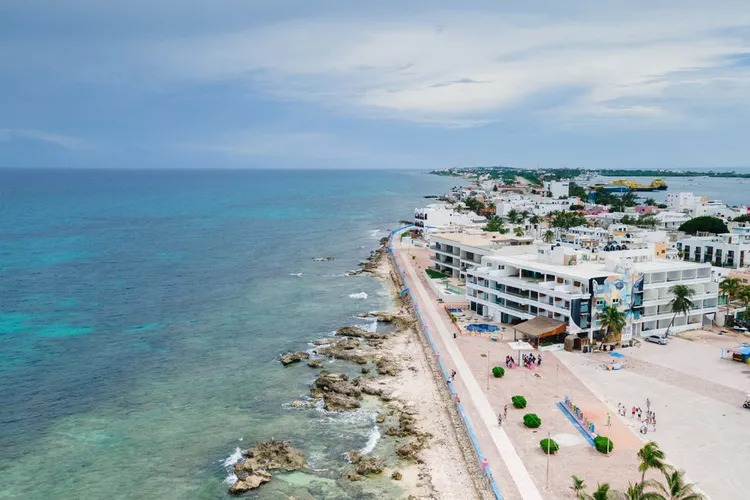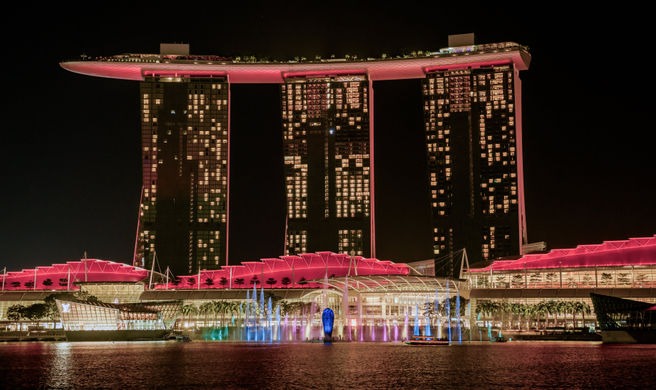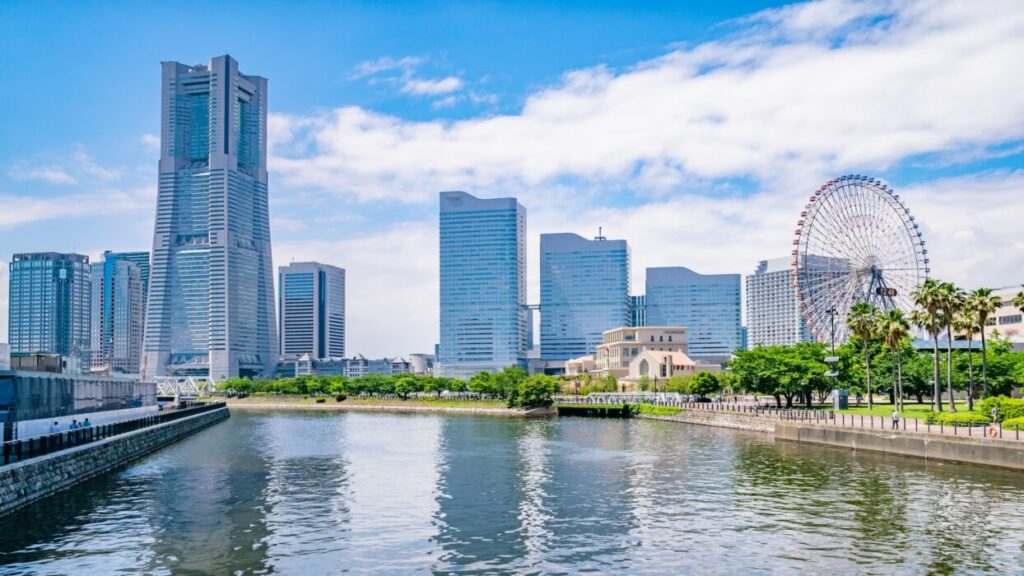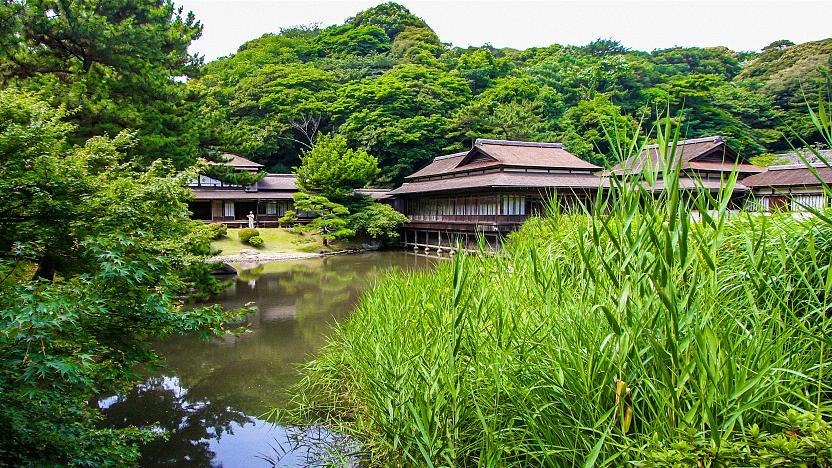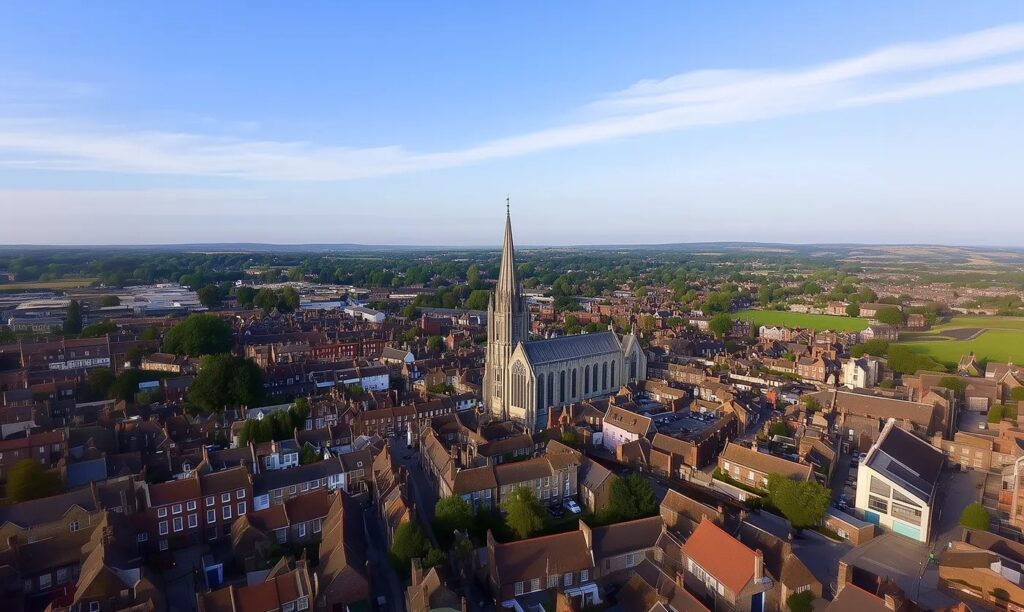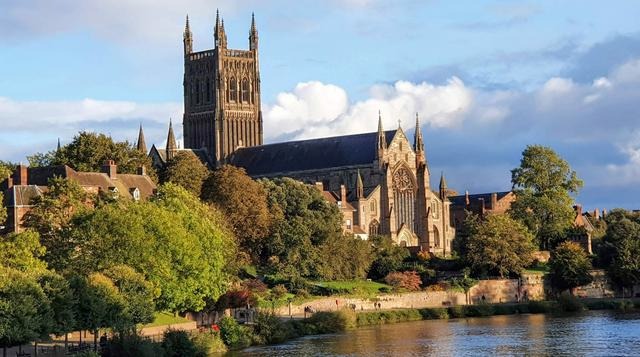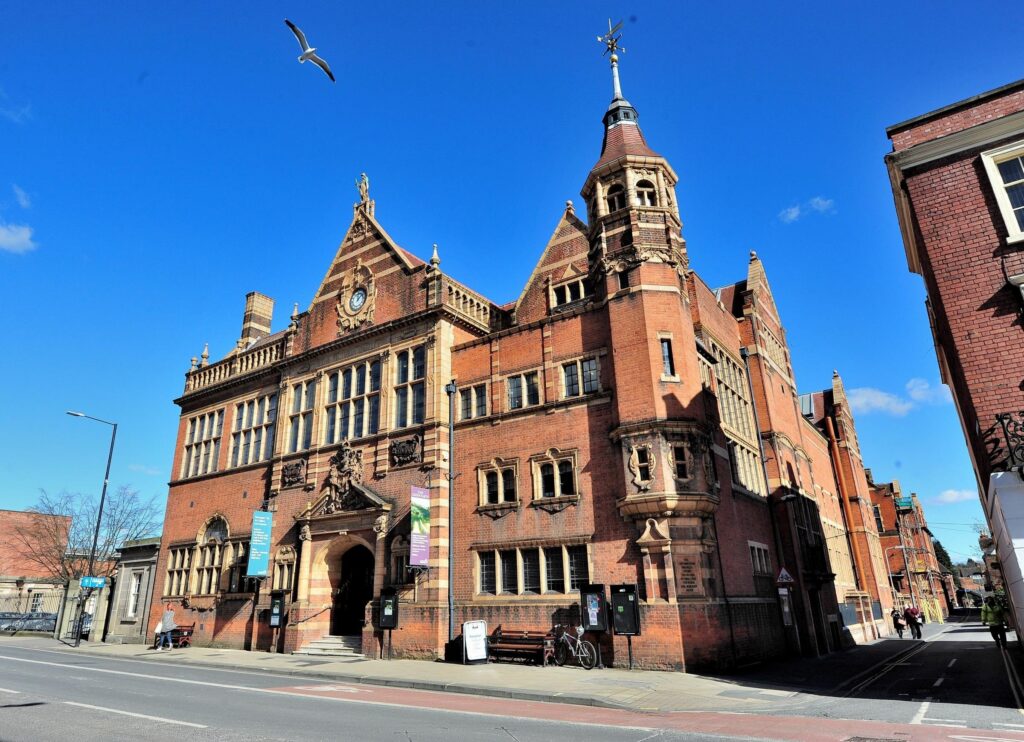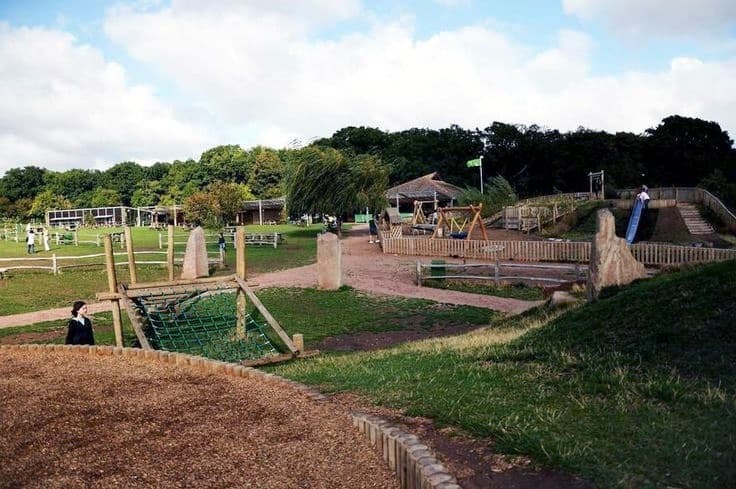Isla Mujeres, ubicada frente a las costas de Cancún en el Caribe Mexicano, es un destino que cautiva con su encanto natural, aguas cristalinas y rica oferta cultural. Conocida por sus playas de arena blanca, aguas turquesas y ambiente relajado, esta pequeña isla es un refugio ideal para aquellos que buscan escapar del bullicio y conectar con la belleza natural del Caribe.

Bienvenida a Isla Mujeres
Isla Mujeres, cuyo nombre proviene de las estatuas de diosas mayas encontradas por los conquistadores españoles, ofrece una experiencia única para los visitantes. Ubicada a solo 13 kilómetros de la costa de Cancún, esta isla mide aproximadamente 7 kilómetros de largo y es famosa por su ambiente tranquilo y acogedor. Desde la primera impresión, Isla Mujeres se presenta como un remanso de paz en medio del Caribe, donde el ritmo de vida se adapta al suave murmullo del mar.
Naturaleza Impresionante
Uno de los mayores atractivos de Isla Mujeres es su entorno natural. Las aguas cristalinas que rodean la isla son ideales para practicar snorkel y buceo, ofreciendo la oportunidad de descubrir coloridos arrecifes de coral, peces tropicales y la fascinante vida marina del área. El Parque Nacional Garrafón, en el extremo sur de la isla, es un destino popular para los amantes del ecoturismo, donde se puede nadar, hacer kayak y disfrutar de impresionantes vistas panorámicas de la costa caribeña.

Playas de Ensueño
Las playas de Isla Mujeres son verdaderos tesoros de arena blanca y aguas cristalinas. Playa Norte, considerada una de las mejores playas de México, sorprende con sus aguas poco profundas y su suave oleaje, perfectas para nadar y relajarse bajo el sol. Otros puntos destacados incluyen Playa Lancheros, conocida por su ambiente tranquilo y la posibilidad de probar pescado fresco en los restaurantes locales frente al mar, y Playa Sol, ideal para aquellos que buscan un día de paz y tranquilidad en un entorno natural.
Atracciones Culturales e Históricas
Además de su belleza natural, Isla Mujeres tiene una rica historia y cultura que vale la pena explorar. En el centro de la isla se encuentra la zona conocida como “El Centro”, donde los visitantes pueden caminar por calles adoquinadas y descubrir boutiques, galerías de arte y restaurantes que ofrecen auténtica cocina mexicana. El Templo de Ixchel, dedicado a la diosa maya de la fertilidad, es un sitio arqueológico importante que ofrece una visión fascinante de la vida precolombina en la región.
Actividades y Aventuras
Para los aventureros, Isla Mujeres ofrece una variedad de actividades emocionantes. Desde recorridos en bicicleta por la isla hasta excursiones en barco para nadar con tiburones ballena (en temporada), hay opciones para satisfacer todos los gustos. El Parque de los Sueños, un parque temático acuático ubicado en el sur de la isla, es perfecto para familias y ofrece actividades como tirolesa sobre el mar, kayak y paseos en bote con fondo de cristal para explorar la vida marina sin mojarse.
Gastronomía y Delicias Locales
La gastronomía en Isla Mujeres es una fusión deliciosa de sabores mexicanos y mariscos frescos del Caribe. Los restaurantes locales ofrecen desde tacos de pescado fresco y ceviche hasta platillos tradicionales como cochinita pibil y pescado tikin-xic, cocinados con ingredientes frescos y locales. No te pierdas la oportunidad de probar una refrescante agua de horchata o una margarita helada mientras disfrutas de las impresionantes vistas al mar Caribe.
Planifica Tu Viaje con eDreams
eDreams es tu aliado ideal para planificar tu escapada a Isla Mujeres. Desde la reserva de vuelos hasta la búsqueda de hoteles cerca de las playas más hermosas de la isla, eDreams te ofrece opciones convenientes y exclusivas para asegurarte de tener una experiencia inolvidable en este paraíso caribeño. Descubre ofertas especiales y promociones que harán que tu viaje sea aún más placentero y sin preocupaciones.
Conclusión
En conclusión, Isla Mujeres es mucho más que un destino turístico típico. Con su belleza natural, rica historia y una variedad de actividades para todos los gustos, esta isla encanta a los visitantes que buscan relajarse, explorar y conectar con la auténtica cultura mexicana. Planifica tu próxima aventura a Isla Mujeres con eDreams y prepárate para descubrir el encanto único de este paraíso en el Caribe Mexicano.

